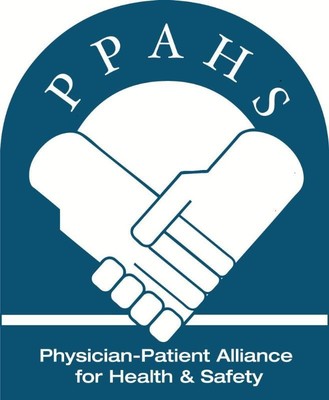Capnography Monitoring During Conscious Sedation: Essential for Maintaining "Eyes and Ears" on Patients
Capnography Monitoring During Conscious Sedation: Essential for Maintaining "Eyes and Ears" on Patients
PR Newswire
CHICAGO, Dec. 14, 2017
CHICAGO, Dec. 14, 2017 /PRNewswire/ -- Today, the Physician-Physician Alliance for Health Safety released a clinical education podcast on capnography monitoring with Barbara McArthur, RN, BScN, CPN(C). Barbara is an advanced practice nurse at Sunnybrook Health Sciences Centre in Toronto, Canada.
After reviewing the current literature, Sunnybrook decided that monitoring with capnography resulted in safer patient care. Capnography monitoring provides an early indicator of patient deterioration, which can be crucial in averting adverse events and patient deaths. Capnography monitoring, says Ms. McArthur, is monitoring in "real time. With pulse oximetry, there is a delay, which could be up to a minute in healthy patients. So, that's a significant sort of time that is delayed that reaction could happen."
"Having the monitor can let you know the patient's status sooner," explains Ms. McArthur, "for example, if they're getting into respiratory problems, the nurses can intervene much quicker." As a result, since implementing capnography monitoring, Ms. McArthur says that she is "not aware of any patients receiving reversal or any escalation of care with a rapid response team."
To read a transcript of the interview with Ms. McArthur, please click here.
The podcast may be viewed on the PPAHS YouTube channel by clicking here.
About Physician-Patient Alliance for Health & Safety
Physician-Patient Alliance for Health & Safety is a non-profit 501(c)(3) whose mission is to promote safer clinical practices and standards for patients through collaboration among healthcare experts, professionals, scientific researchers, and others, to improve healthcare delivery. For more information, please go to www.ppahs.org.

![]() View original content with multimedia:http://www.prnewswire.com/news-releases/capnography-monitoring-during-conscious-sedation-essential-for-maintaining-eyes-and-ears-on-patients-300570815.html
View original content with multimedia:http://www.prnewswire.com/news-releases/capnography-monitoring-during-conscious-sedation-essential-for-maintaining-eyes-and-ears-on-patients-300570815.html
SOURCE Physician-Patient Alliance for Health & Safety

